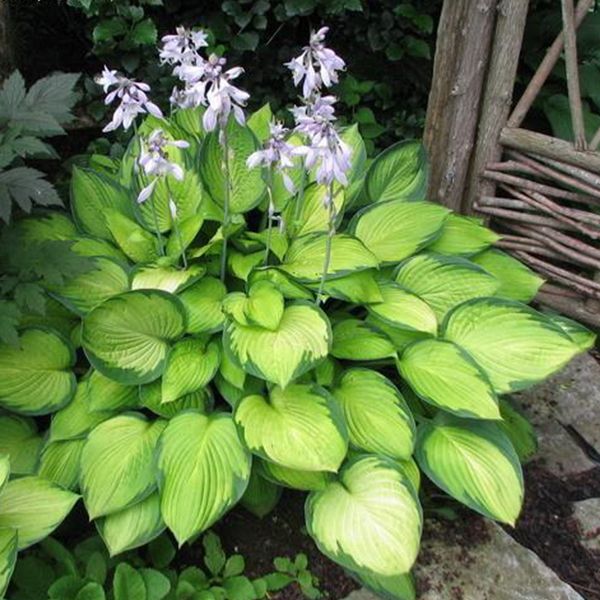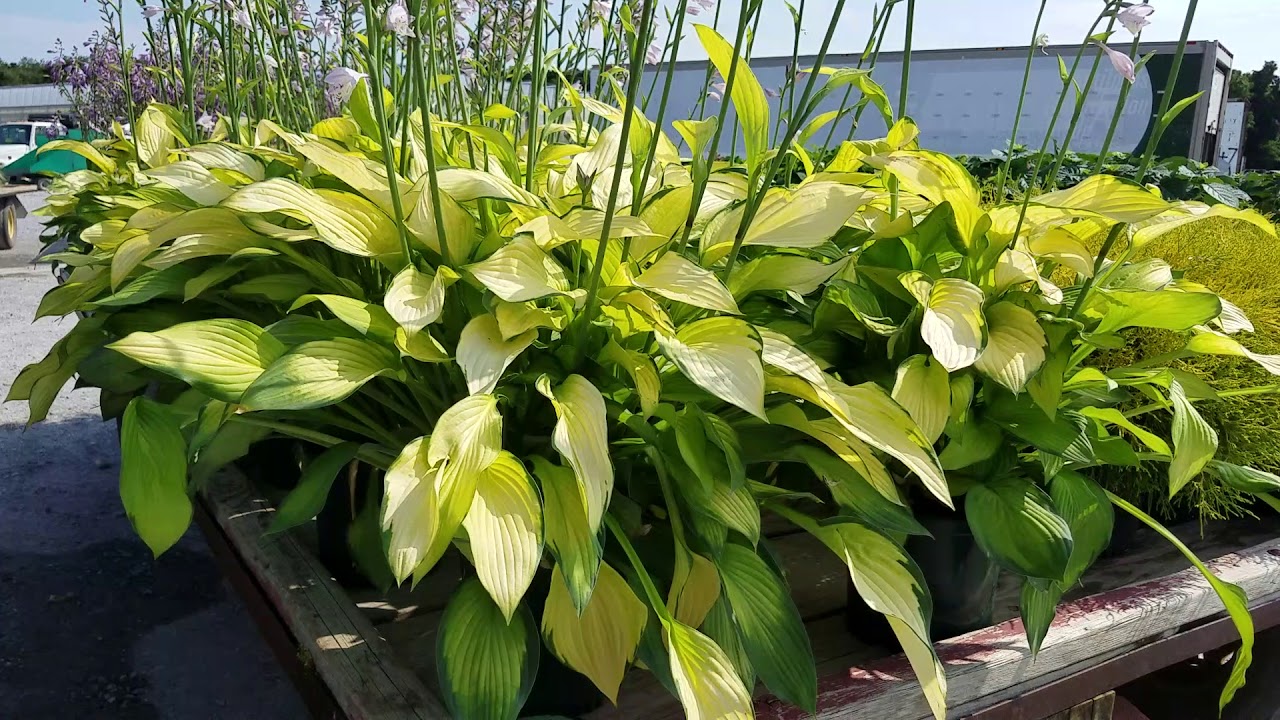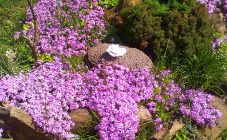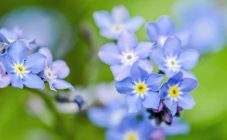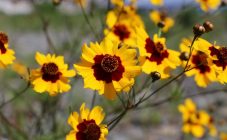Content:
Not all plants can grow in the shade; the hosta is rightfully considered the queen of such crops. Decorative variegated leaves and exotic flowers of the Gold Standard variety will not leave indifferent any grower.
Description of culture
Hosta is a genus of perennials from the Asparagus family. They are popular among flower growers because of the shade tolerance and decorativeness of the leaves. The leaves of this culture come in a variety of shapes and colors. 23 species and almost 600 varieties of this plant have been registered.
Hosta Gold Standard is one of the most common varieties. It was bred in 1976 in Michigan based on the Hosta Fortunei, so many people use the full name of this variety - the Fortune Gold Standard host. This culture is versatile to use. Suitable for planting around trees, for alpine slides, for creating borders, many growers plant it around reservoirs.
Features of the variety
The leaves of the Gold hosta are ovoid. This variety blooms from July to August. Flowers - lilac, located on long peduncles (up to 1 m, several pieces). At the end of flowering, capsules with seeds are formed (brown color of the capsule indicates seed ripening).
Hosta Golden Standard is painted in a soft green color in spring with a dark border along the edges of the leaf, from the beginning of July the middle of the leaves turns golden, the border remains dark green. The hosta Gold Standard can grow up to 70 cm in height and up to 120 cm in diameter.
Note! Hosta Gold Standard is a winter-hardy variety, it does not need to be covered for the winter.
Features of agricultural technology
Of all the host, this variety is not only shade-tolerant, but also photophilous, i.e. prefers partial shade. It is desirable that the sun warms the plant in the morning, preferably in the morning.
The soil for planting should be well-drained, neutral, moist. In dry summers, the plant needs moderate watering, and also responds well to fertilization. Top dressing has a positive effect on foliage growth. You need to feed with organic matter or mineral fertilizers, and it is best to alternate them.
You need to fertilize three times per season:
- In the period before flowering.
- During flowering.
- After him.
Planting a seedling of this culture should be done in spring or early autumn, so that the young plant has time to root before the upcoming wintering. Planting material should be selected only in proven nurseries.
Sapling planting rules:
- dig a wide hole, because the roots grow in breadth, about 30 cm deep;
- pour soil from the site, peat and sand in equal proportions into the hole, filling in about 2/3 of the hole;
- spill a hole with water;
- spread the roots of the seedling about the surface of the soil, cover them and water again;
- mulch the soil around the plant with a layer of 2 cm.
Culture propagates in 3 ways:
- seeds;
- cuttings;
- dividing the bush.
This culture is not susceptible to diseases, but pests can attack it, especially slugs. The danger of these molluscs is that they feed on the leaves of the plant and the host loses its decorative appeal. Slugs can be fought by mulching with sharp material such as broken shells.
Benefits of the variety
This culture has characteristic advantages:
- easy care;
- frost-hardy and winter-hardy variety;
- not susceptible to disease;
- high decorativeness;
- versatile in use.
The host of this variety is a beautiful and original plant that does not require much care, but at the same time will decorate the garden plot with its exotic look.
